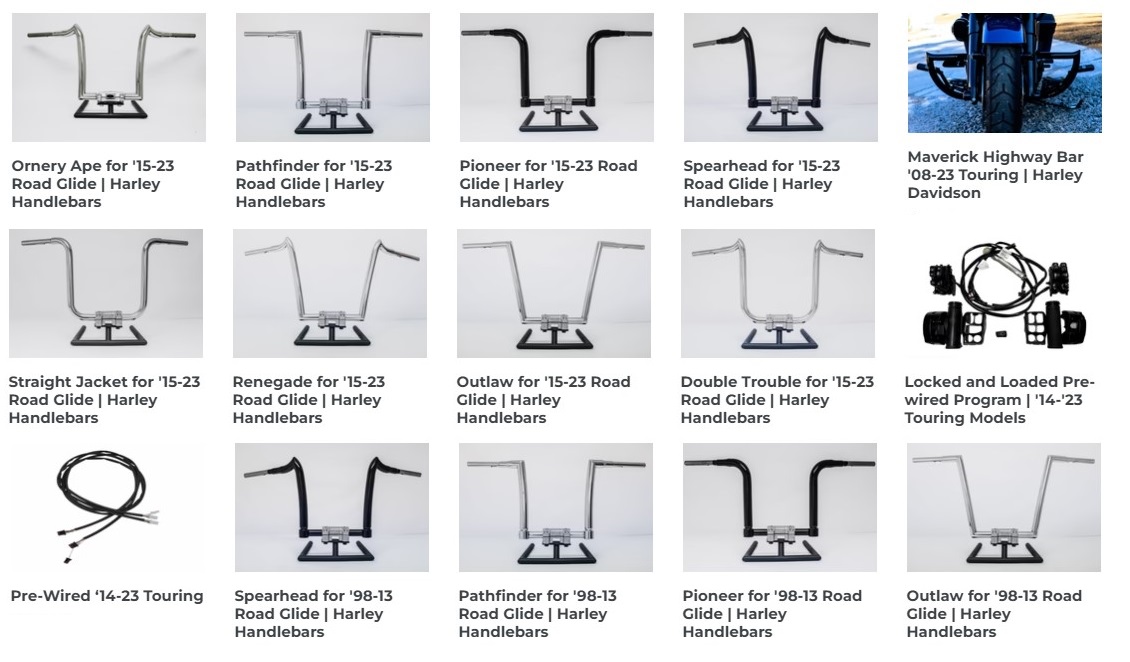Rumored Buzz on Motorcycle Boots
Rumored Buzz on Motorcycle Boots
Blog Article
Motorcycle Boots Can Be Fun For Anyone
Table of ContentsEverything about Motorcycle BootsAn Unbiased View of Motorcycle BootsMotorcycle Boots Can Be Fun For EveryoneNot known Facts About Motorcycle BootsMotorcycle Boots for DummiesIndicators on Motorcycle Boots You Should Know
The vital components of modern motorbikes are provided below.; this has been utilized all with motorcycle background however is now becoming a lot more usual.It was commonly out of favor and normally considered as a poor idea at the time. Today it is a used on some "thumpers" (single-cylinder four-strokes) that normally have dry-sump lubrication calling for an outside oil storage tank. It has actually since gained some prestige in the contemporary custom bike world too due to the area cost savings it can pay for and the recommendation to an earlier age.
Any kind of storage space tank for gas might be so called, the term is commonly used to component of an engine system in which the gas is stored and propelled (fuel pump) or launched (pressurized gas) into an engine. A motorbike fork is the section of a motorcycle that holds the front wheel and enables one to guide.
An Unbiased View of Motorcycle Boots
The combination of rake and path identifies exactly how stable the motorbike is. motorcycle boots. The 'fork' on a motorbike contains numerous components. The triple trees (additionally understood as yokes) hold the fork tubes (which have the fork springs), and are fastened to the neck of the frame by the guiding stem.

, which needs both lubrication and change for elongation (stretch) that happens with wear. The lubricating substance is subject to being tossed off the fast-moving chain and results in grime and dirt build-up. Chains do deteriorate, and excessive wear on the front and rear gears can be hazardous.
Conventional roller chain-drives endure the potential for vibration, as the reliable span of action in a chain and sprocket combination regularly changes throughout the transformation ("chordal action"). If a drive sprocket rotates at constant RPM, after that the chain (and the driven gear) has to accelerate and decelerate constantly. Many chain-driven motorbikes are fitted with a rubber bushed rear wheel center to remove this vibration issue.
These chain oilers vary in sophistication, but all include substantially to the life of the chain. The custom of lubing by submersing the chain in a tin of warm grease stopped in the early 1970s, when most chains had rubber "O'-rings.
All about Motorcycle Boots
They are not as sturdy when subjected to high horsepower as a chain. You can not change the size and change last drive ratios as conveniently as chains. And require larger wheels compared to chain sprockets to obtain an efficient last drive ratio.
A shaft-drive is normally entirely confined; the visual cue is a tube extending from the rear of the transmission to a bell real estate on the rear wheel. Inside the bell real estate a bevel equipment on the shaft mates with another on the wheel mount. This plan transcends in terms of noise and cleanliness and resource is virtually maintenance-free, with the exception of periodic liquid modifications.
The extra equipment sets are a source of power loss and added weight. Basically all high-performance racing bikes use chain-drive due to the fact that they are the most mechanically effective transmitting power to the back wheel.

Motorcycle Boots - The Facts
One of the most essential attribute of i loved this any type of tire is the call spot, the tiny location that is in contact with the roadway surface while riding. There are tires made for dust bikes, touring, sport and cruiser bikes. Motorcycle tires have knobbly, deep treads for optimum grasp on loose dust, mud, or crushed rock; such tires often tend to be less stable and noisier on paved surfaces.
Exploring tires are generally made of a more challenging rubber substance for greater longevity, these might last longer but often tend to give much less straight-out hold contrasted to sporting activities tires at ideal operating temperatures. Exploring tires typically offer extra hold at reduced temperature levels and can be more suited to riding in cool or winter months conditions where a sporting activity tire may never ever reach click site its optimum operating temperature.
These tend to have stronger sidewalls as they are normally fitted to much heavier makers. Motorsport or racing tires supply the highest possible of levels of grip. Due to the high temperatures at which these tires normally operate, make use of outside a racing atmosphere is hazardous, commonly these tires do not reach their optimum temperature which gives less than optimum grasp.
What Does Motorcycle Boots Do?

This can lead to brake dive. Brakes can either be drum or disc based, with disc brakes being a lot more typical on big, modern or much more costly motorcycles for their far remarkable stopping power, especially in damp conditions. There are many brake-performance-enhancing aftermarket parts available for many motorbikes, consisting of brake pads of varying compounds and steel-braided brake lines.
Report this page